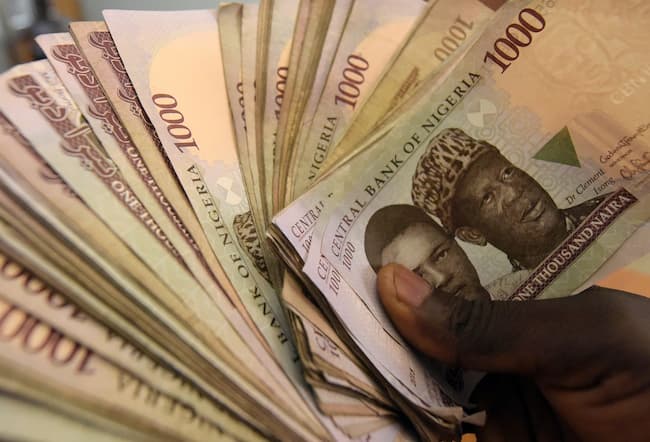Interbank rates declined in the money market as inflows from the Federal Account Allocation Committee (FAAC) helped to maintain the financial system’s liquidity.
“System liquidity was bolstered by FAAC inflows, which offset bond settlement outflows, but it remained negative,” CardinalStone Limited wrote in a note.
Money market rates have risen by double digits as a result of monetary policy rate hikes and a liquidity deficit in financial markets. The rate direction has been identified as the most important factor influencing payments on banks’ money market deposits and mutual fund performance.
Due to monetary policy tightening, banks have been borrowing from the Central Bank of Nigeria’s (CBN) standing lending facility at a higher rate of 31.75%.
The rates also affect local lenders cost of funds to finance operation, but analysts said banks with huge deposits based are often at an advantage.
Outflow relating to huge bets at the Debt Management Office local bonds auction on Monday dragged the liquidity balance, but FAAC credit reduced the pressure.
Interbank rates—OPR and O/N—declined by 195bps and 183bps to settle at 30.41% and 30.78%, respectively, data from the FMDQ platform confirmed.
System liquidity was bolstered by FAAC inflows, which offset bond settlement outflows, although it remained in negative territory, CardinalStone Limited said in a note.
Analysts at Cowry Asset Limited stated that there was a general decline in Nigerian interbank offered rate (NIBOR) across most maturities. However, the Overnight NIBOR rose by 0.09%, reaching 32.47%.
Elsewhere, Nigerian Interbank Treasury Bills True Yield (NITTY) experienced upward movement across most maturities, while the average secondary market yield on T-bills moderated by 0.04%, settling at 24.11%.













